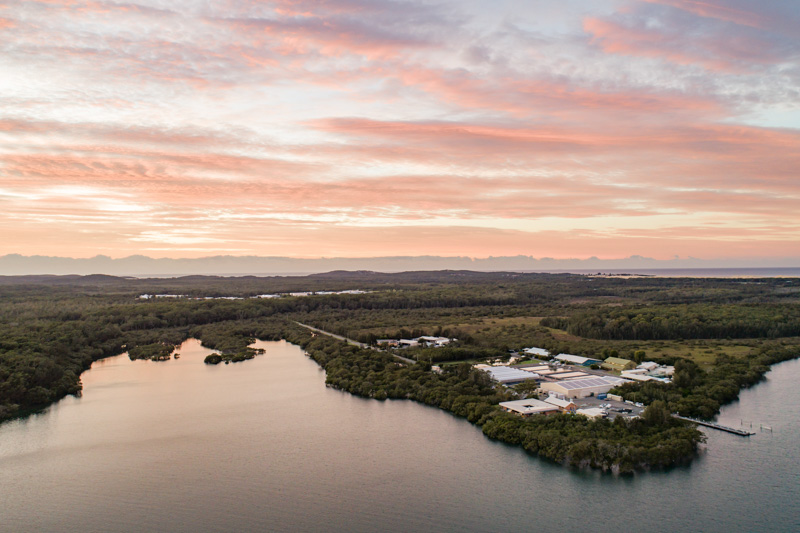Overview
The Port Stephens Fisheries Institute (PSFI) is one of the largest specialised aquaculture research facilities in the country, driving excellence for NSW.
The PSFI is located at Taylors Beach approximately 10 km from Nelson Bay in the Port Stephens Council area. The Institute is approximately 27 km from north-east Newcastle airport and 150 km north from Sydney. This Institute is a multi-disciplinary centre with staff from several units within the Primary Industries Division based on-site.
The site is part of a broader complex of fisheries focused sites including: Narrandera and Grafton Fisheries Centres, and the Batemans Bay and Coffs Harbour Fisheries Offices.
Our research
We are one of Australia leading aquaculture research centres.
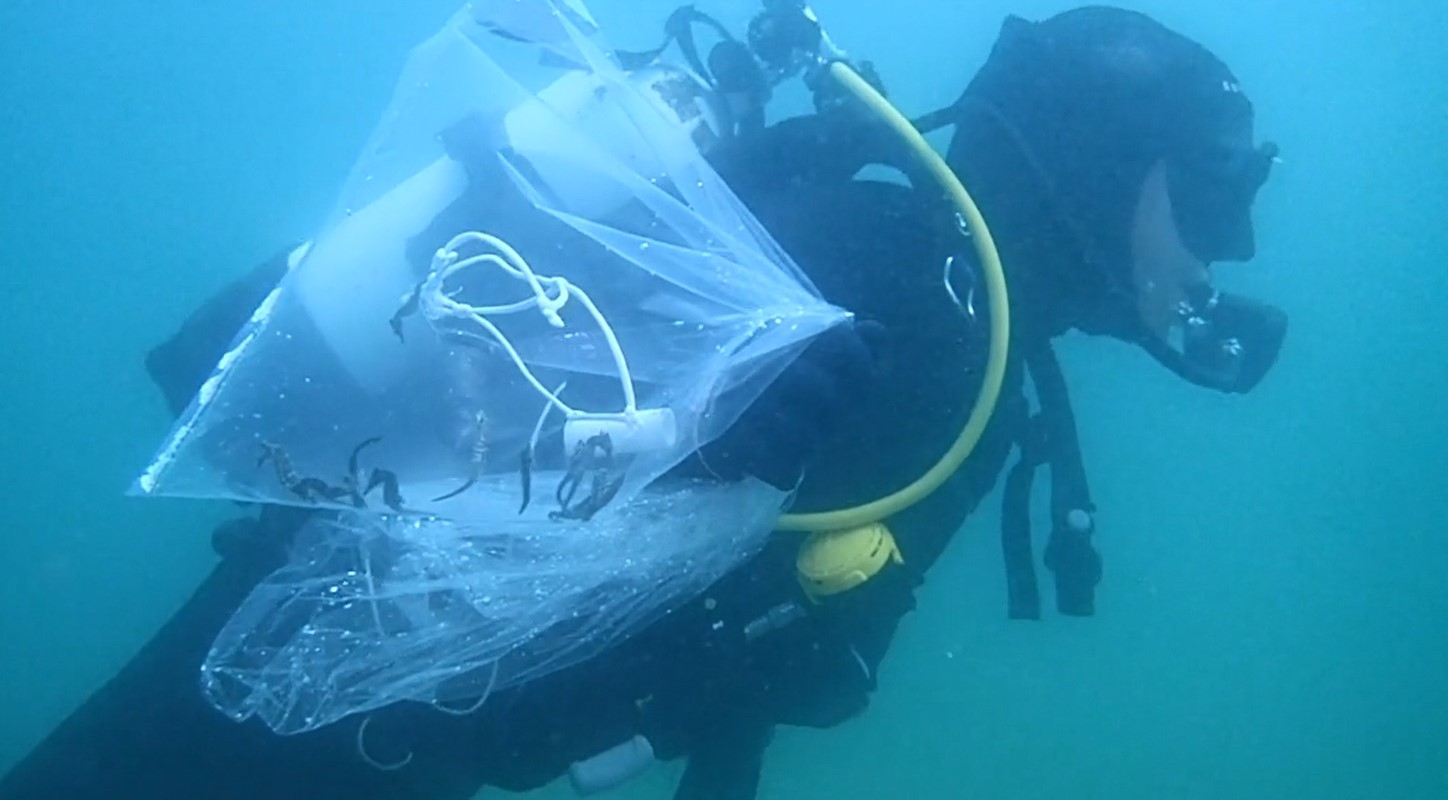
Our facilities & services
We have various specialist research facilities and meeting facilities available to the public.
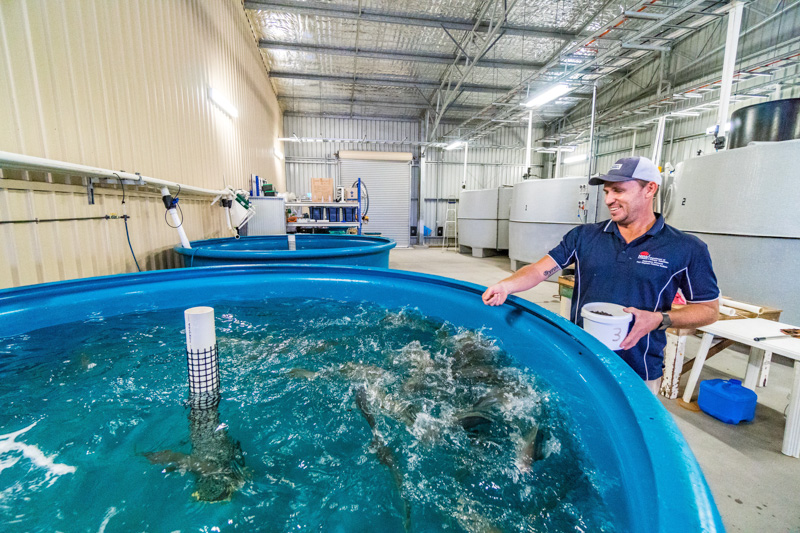
Visit, events & learn
We have regular tours and open days. Please contact us to find out more.
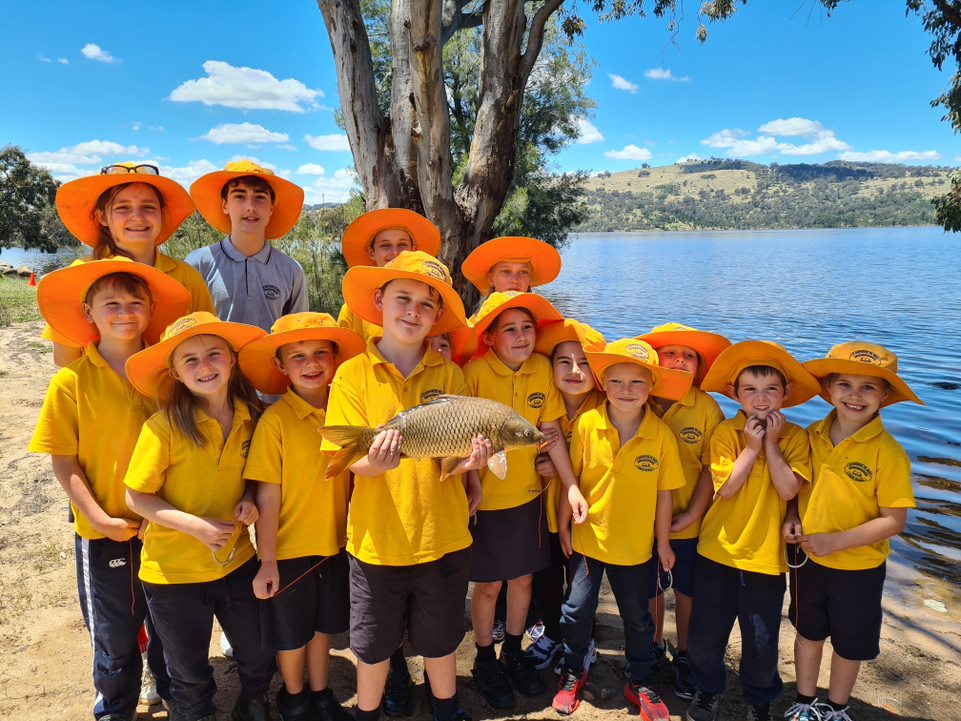
Key Programs and Initiatives
SharkSmart Initiative
SharkSmart is a research and shark management program supported across NSW.
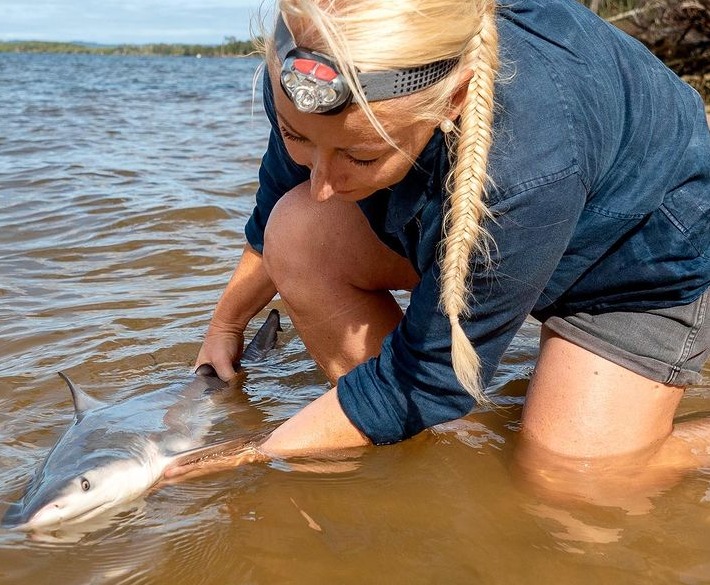
Contact us about station opportunities
Please complete this Research Station Request for Opportunity form to assist our staff to support requests about on-site opportunities
Request for opportunity formOur region- Port Stephens Great Lakes Marine Park
The PSFI is surrounded/ embedded within the Port Stephens Great Lakes Marine Park. The Marine Park is approximately 980 km2 and includes:
- offshore waters to the three nautical mile limit of NSW waters;
- all of Port Stephens, the Karuah River, the Myall River, Myall and Smiths Lakes, and their creeks and tributaries to the tidal limit.
The park was established in December 2005 and its zones and management rules commenced in 2007. Changes to the rules regarding fishing from some ocean beaches and headlands were introduced in June 2018. The park also adjoins the Hunter Marine Park and exten ds further offshore.
The marine park contains a diverse range of habitats, including beaches, seagrass beds, mangroves, saltmarsh and open waters, which all support distinct groups of plants and animals.The extensive and diverse estuaries and shorelines include remarkable features such as the state's largest:
- drowned river valley (Port Stephens);
- brackish barrier lake system (Myall Lakes);
- intermittently open and closed lake (Smiths Lake).
In addition the part includes:
- Broughton Island, the state's second largest island, provides important habitat for the threatened Greynurse Shark and Black Rockcod;
- Cabbage Tree Island (John Gould Nature Reserve), the primary breeding site for the threatened seabird Gould's petrel.
For more information about the Park; Port Stephens Marine Park.
Our history
Port Stephens Fisheries Institute was established in the early 1970’s as an aquaculture research facility. The land was donated to the NSW Government by a mining company called VAM Limited and was originally called Brackish Water Fish Culture Research Station. This was later changed to Port Stephens Research Centre to reflect the broader range of fisheries research being conducted on site.
With the transfer of a number of administrative and policy duties to Port Stephens in 1999, the site was renamed the Port Stephens Fisheries Centre and then given institute status in 2009 to become the Port Stephens Fisheries Institute. Approximately 150 people within five divisions work at the PSFI, located at Taylors Beach.
Port Stephens Fishing Institute Video
NSW Fishing Industry Data
Industry Overview
The department estimates the value of the NSW fisheries during 2020-21 at $202.5 million, up 2% year-on-year. The aquaculture sector suffered setbacks due to the floods and coastal inundation of early 2021 causing losses and damage to estuarine aquaculture production. Seafood prices were either stable to slightly weaker depending on the commodity with trade impositions, lockdowns and fluctuating food service demand being contributing factors. For a detailed summary of the NSW sectors performance.
Commercial Fishing
The NSW wild harvest commercial fishing industry is a dynamic network of skilled businesses. Commercial fishers, wholesalers, processors and retailers, work together with the restaurant and catering industry to supply fresh seafood to communities across the State, as well as to interstate and overseas markets.
The annual total value of NSW wild harvest commercial fisheries is in the order of $100 million at first point of sale. The wider seafood industry generates around $370 million of economic activity each year, employing more than 3,500 people. The NSW commercial fisheries are carefully managed. The resource is shared amongst over 1,000 commercial fishers who catch fish for the whole community to enjoy. The industry has recognised the challenges in making fisheries sustainable and has led many of the changes introduced to improve environmental performance.
The NSW fishing industry is primarily made up of small family businesses that rely on high levels of local knowledge and skills learnt over many generations. These businesses use some of the most environmentally sound technology available, such as world leading by-catch reduction devices, and operate under stringent controls regarding their fishing times, seasons and equipment. The industry is constantly striving to improve its environmental performance and contributes millions of dollars each year to research and compliance programs.
The clean and green reputation of the whole NSW seafood industry depends on fisheries being viable, profitable and sustainable. The industry underpins the economy of many coastal towns providing wealth and employment in places, and at times of the year, where there is little other economic activity. To learn more and for data and mapping go to: Fisheries Spacial Data Portal
Aquaculture
With increasing demand for high quality seafood, aquaculture is a growing industry in NSW. The Aquaculture Management and Research sections of the department are responsible for working with aquaculture industries, the community and other agencies to ensure aquaculture develops in a sustainable manner.
We have conducted extensive research for farming species such as oysters, Silver Perch, and marine fish (Snapper, Mulloway and Yellowtail Kingfish) and support the transfer of this technology to industry. Aquaculture development in NSW can provide employment and economic growth in rural NSW and support the future food security needs of the state
In 2021 Aquaculture Output grew to $89.5 million in 2019-20, up 11.3% year-on-year, and up almost 50% over the 5 years from 2014-15. Aquaculture contributed 45% to total fisheries Output. During 2019-20, like other industries, aquaculture felt the impacts of Covid-19 related restrictions. Export markets suffered as did domestic trade, particularly in the supply of products to restaurants. Early 2019-20 also saw devastating bushfires followed by heavy rainfall which greatly affected water quality in many regions of the NSW coast.
Despite these challenges, many sectors thrived. Murray Cod continued several years of strong growth to reach $7.5 million, up 16.8% year-on-year. Black Tiger Prawns reversed the trend of recent years – with production commencing in two refurbished farms, Output grew almost 3-fold year-on-year to a value of $9.9 million. Sydney Rock Oysters, although still the largest aquaculture sector by far, suffered under the conditions, down 5.3% year-on-year to $50.8 million.
Recreational Fishing
The department supports the management and promotion of recreational and charter fishing. In 2021 Expenditure was estimated at $2.05 billion.
Recreational fishing continued to be one of NSW’s most popular pastimes. During 2019-20, a fourth state-wide survey of recreational fishing was undertaken of over 434,000 long-term (one and three years) licence holders. Over 1,608 fishers participated in the survey (similar to the 1,618 fishers who participated in 2017-18), providing information on who went fishing, how much fishing was done, where fishing occurred and what was caught. Response rates were typically high with 67% of fishers initially contacted completing the 12-month survey. Based on the screening survey, 56% of fishers in licenced households participated in fishing during 2019-20.
Contact us
Location
Research Road via Taylors Beach Road , Taylors Beach, NSW, 2316
Postal address:
Port Stephens Fisheries Institute
Locked Bag 1, Nelson Bay NSW, 2316
Contact
Phone: (02) 4916 3900
International: +61 2 4916 3900
Fax: (02) 4982 1107
